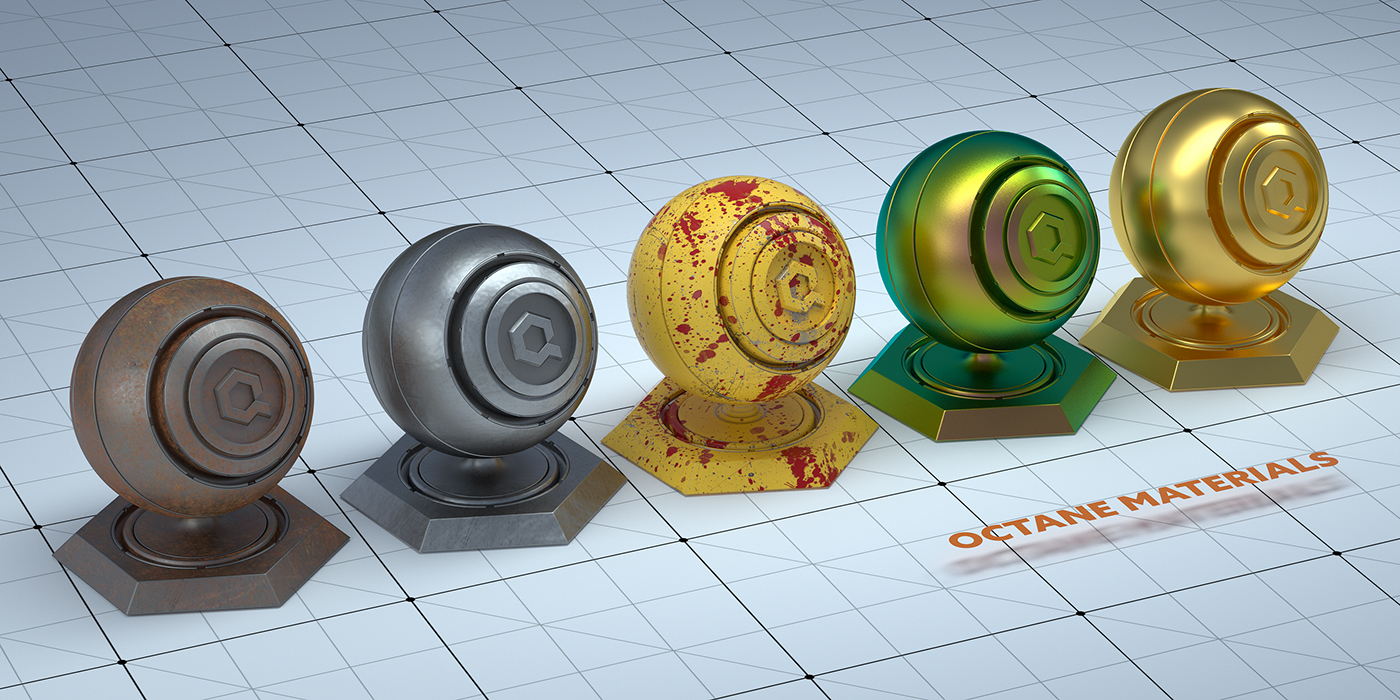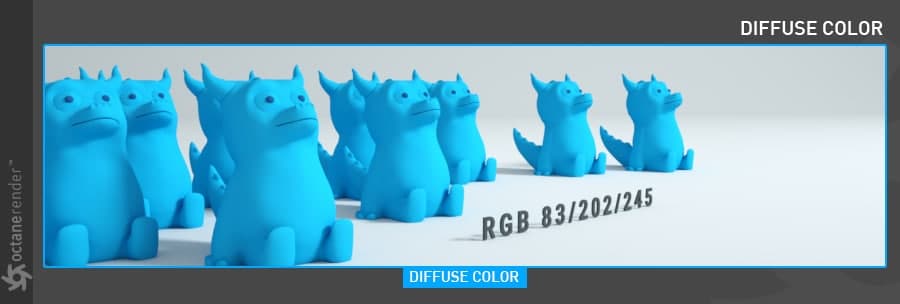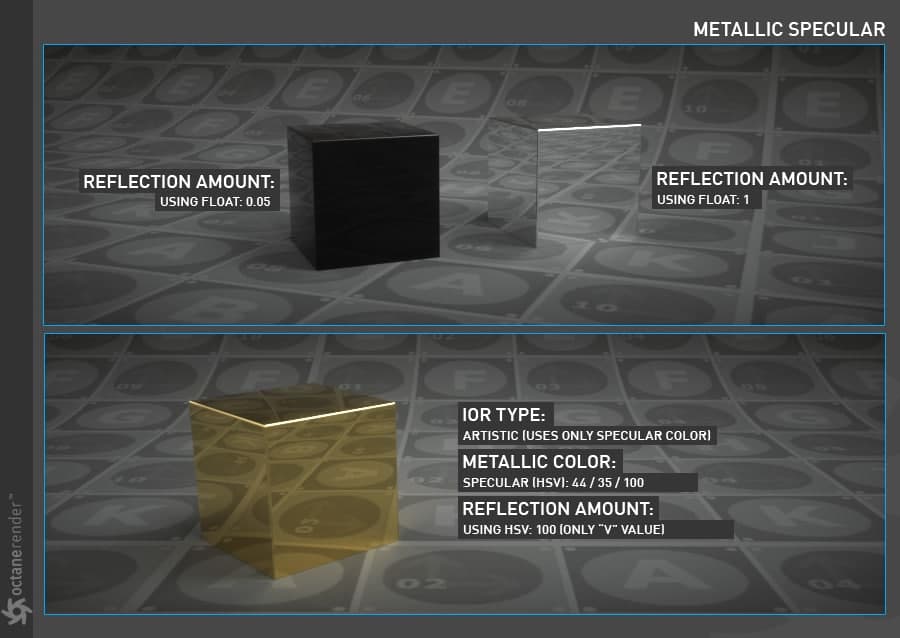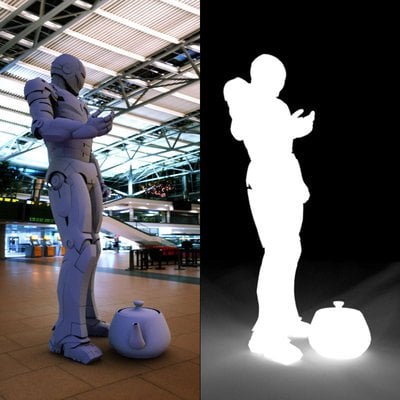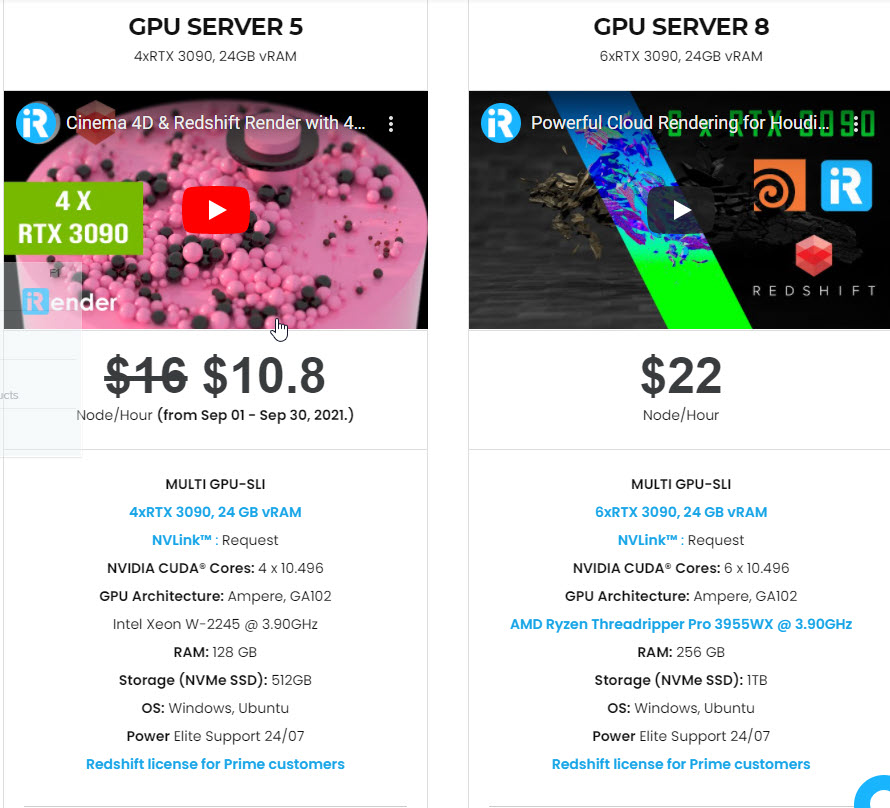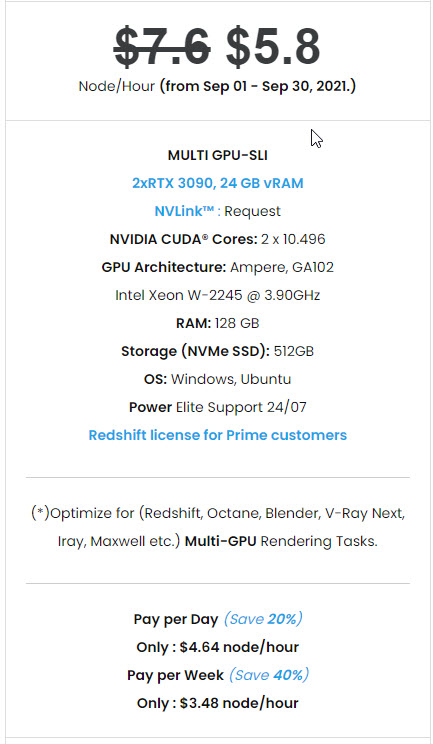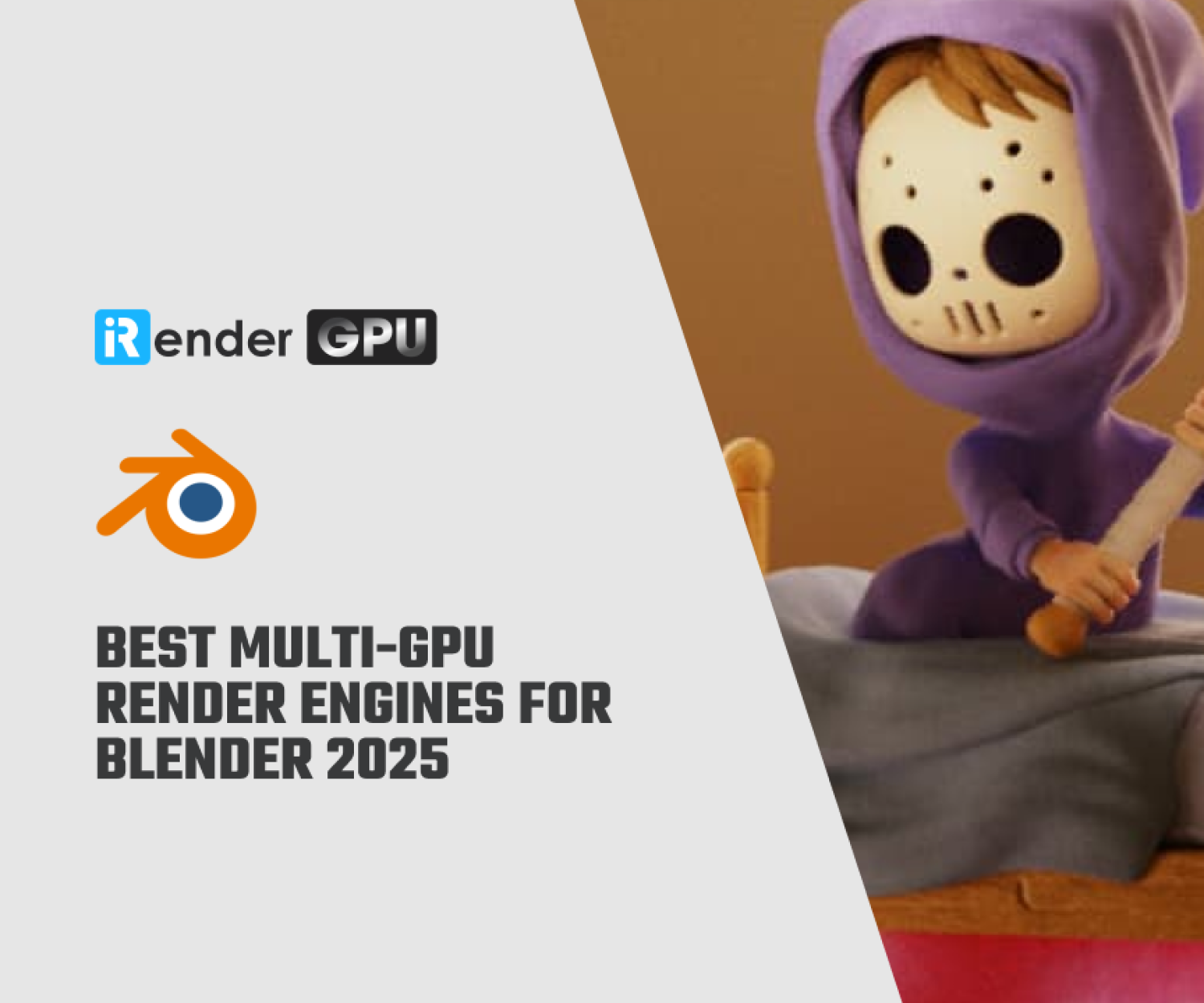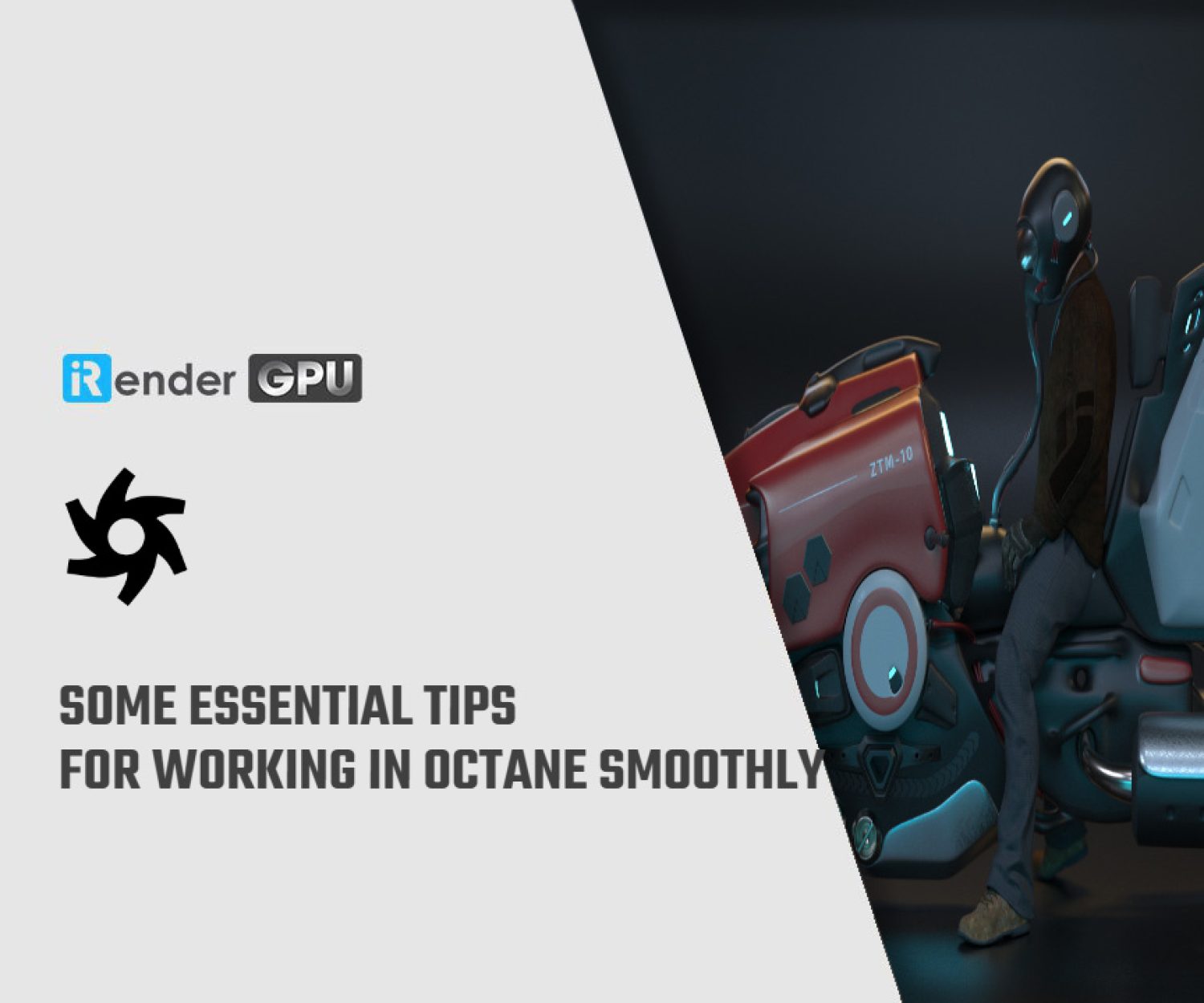A deep dive into Octane’s Material Type
Octane’s Material Types have many to choose from, each with its own specific uses and benefits. Choosing the right material type can be daunting for OctaneRender newbies (and might even perplex some old-timers as well, on occasion.) The topics that follow this overview will take a deep dive into each material. This overview section will help get you up to speed as quickly as possible and give you some perspective about all of the Octane’s material types, as well as when it’s best to use each type.
Various types of materials on Octane render
The reason for so many different types of materials is evolution. In the early days of Octane, the four original Octane’s material types (diffuse, glossy, specular and mix) were enough to get the job done. As time went on, the computer imaging world evolved, and added more complex material definitions and features. OctaneRender evolved, too, offering additional material types supporting those new features.
OctaneRender was built for speed, and Octane is one of the fast non-biased path tracer out there. As the Octane’s material types get more sophisticated, they also get more complex. And complexity is the enemy of speed. So, rather than force every material to be so much slower than the originals, it was determined best to offer separate types based upon user need.
Fastest Materials
The diffuse, glossy, specular, and layered materials are the fastest to evaluate (typically only once per pixel.) As so many different real world materials can be created with these, best to use them first for the best performance. If all you need is a diffuse material, use that instead of universal, for example, as universal is one of the slowest materials to evaluate. Let’s look at these materials in a little more detail:
Diffuse
About as plain as you can get, this material is best used when you don’t need shininess or transparency. It evaluates once per pixel and can be used as one of the two contributing materials of the Mix Material.
Glossy
If you need shiny reflections, Glossy is the way to go. Like diffuse, it also evaluates once per pixel and can also be used as a contributor for the Mix Material. Glossy is diffuse with a clear coat. Glossy works great for shiny plastics. For metallic objects, use the Metallic material instead, as it offers more options to help dial in the look of realistic metallic surfaces.
Specular
Clarity is what you get with the specular material, as it gives you transparent surfaces. Like the other original types, Specular also evaluates once per pixel and can be used as a contributor of the Mix Material. There are some additional tuning options, such as Fake Shadows, that you can use to get even more speed out of specular. See more here.
Layered
As noted, the rest of the other nodes offer more capability, but at the price of speed. However, the Layered material was introduced recently, and it allows you to effectively “custom build” the material you want, via Material layer nodes. You can almost look at the layered material as custom coding your own shader, without the speed hit (or the learning curve.) If you have a need for a more sophisticated look, try to get it with the Layered material first before resorting to the slower-evaluating nodes. Your deadline will thank you.
Toon
Octane is also capable of creating “non-photorealistic” images, and the toon material is one way to do this. The toon material mimics the look of the anime art form, by limiting color shading ranges and tolerances, which you can control. You also have control over outlines, in color, thickness and opacity.
Medium Speed Materials
Universal
The Universal material was developed as a good way to interact more easily with Unity, Unreal Engine Substance maps and general PBR-based systems. Metal, diffuse, glossy, everything could be complex and thus, potentially slow.
Metallic
Metallic materials reflect colored reflections or highlights at different wavelengths. Reflections can be propagated by a full-color specular map. The Metallic material can use real-world measurements to create an extremely accurate result.
Slowest Materials
As you might expect, the rest of the Octane’s material types fall into this category. These materials are slower because they have to do more work to get the results, or to offer the correct support for industry standard PBR materials. For completeness, they are:
Composite
Composite requires sub-materials and each sub-material must be evaluated separately and then together. That will result in a loss of speed. The Composite material was developed to get past the two-material limit of the Mix Material. To do this, a new material type, the sub-material, was created.
Mix Material
Like Composite, each Mix Material contributor needs to be evaluated separately and the again, evaluated as a whole, and, again, resulting in a loss of speed. As noted above, the Mix Material is limited to two contributors. Unlike the Composite material, the Mix Material uses the original materials.
Utility Materials
Utility materials, for lack of a better term, do not directly affect the look of a surface but serve some sort of special function in the rendering process.
Portal
As a rendering technology, path tracing, the basis of OctaneRender, involves following randomized paths of light as they emanate from a camera and bounce around (and sometimes, through) the objects in a given scene. As the tracing is random, noise is introduced. Path tracing creates a ton of information to process. Interior scenes which have a notable amount of illumination coming from outside (via doors, windows, skylights and so on) can often be even.
Portals are best suited for architectural renderings. Portals allow for a focused approach to this problem, as objects with the portal material applied act as a target for the light paths emanating from the camera and through the portal to the outside illumination source(s) for the scene. To use portals most effectively, they should conform to the following guidelines:
- Portal polygons need to be as simple as possible, and the vertices of the portal need to match the vertices of the intended opening.
- Portal polygon normals should point to the inside of the room.
- Portal polygons should not self-intersect (degenerate) nor should they intersect with other meshes in the scene.
- Portal polygons should be used for small openings only. Larger openings will slow down the process considerably.
- Larger openings may not need portals at all, as the typical routines should provide a satisfactory result in those cases.
- In the event that the above does not suffice in a given situation, use a black body emitter at a value of 12,000 with an opacity of 0.
Hair Material
The spectral hair material improves hair rendering realism in general for Octane. The difference between hair material and traditional diffuse/specular materials is that hair material assumes the geometry it’s assigned to is strictly a hair spline, allowing pre-integration for multi-scattering effects that occur in hair geometry.
Shadow Catcher
The shadow catcher material is used when you wish to composite scene objects and need the shadows of the scene objects to ground the scene objects into the composited background plate. The shadow catcher material is applied to any object that you need to capture the actual shadow fall. Typically, that would be a flat ground plane, but the material is not limited to flat planes. The shadow catcher is effectively a diffuse material with the shadow(s) cast upon it being applied to the alpha channel for transparency.
Powerful Cloud Rendering for Octane
And if you are looking for a Cloud Rendering solution to speed up your render time on Octane render, iRender provides various multi-GPU-servers (4 RTX 3080 and 4 RTX 3090) which are the most effective for Octane rendering in multi GPU cards coming with the following configuration specifications:
Besides, you can refer to the dual-card GPU configuration package with an economical and reasonable cost. Our newly-launched Dual RTX3090 package is one of the most powerful and reasonable packages for Octane Studio.
Or you can have a look at the video below to see the benchmark testing results with Multi-card servers from iRender:
So, do not hesitate anymore to waste your time. If you have any questions, please do not hesitate to become a member of the iRender community today to get FREE COUPON to stop wasting pointless hours of rendering. Always at the forefront of cutting-edge graphics technology, we do the rendering, the creativity is yours!
iRender – Happy Rendering!
Reference source: Octane documentation
Related Posts
The latest creative news from Octane Cloud Rendering.

